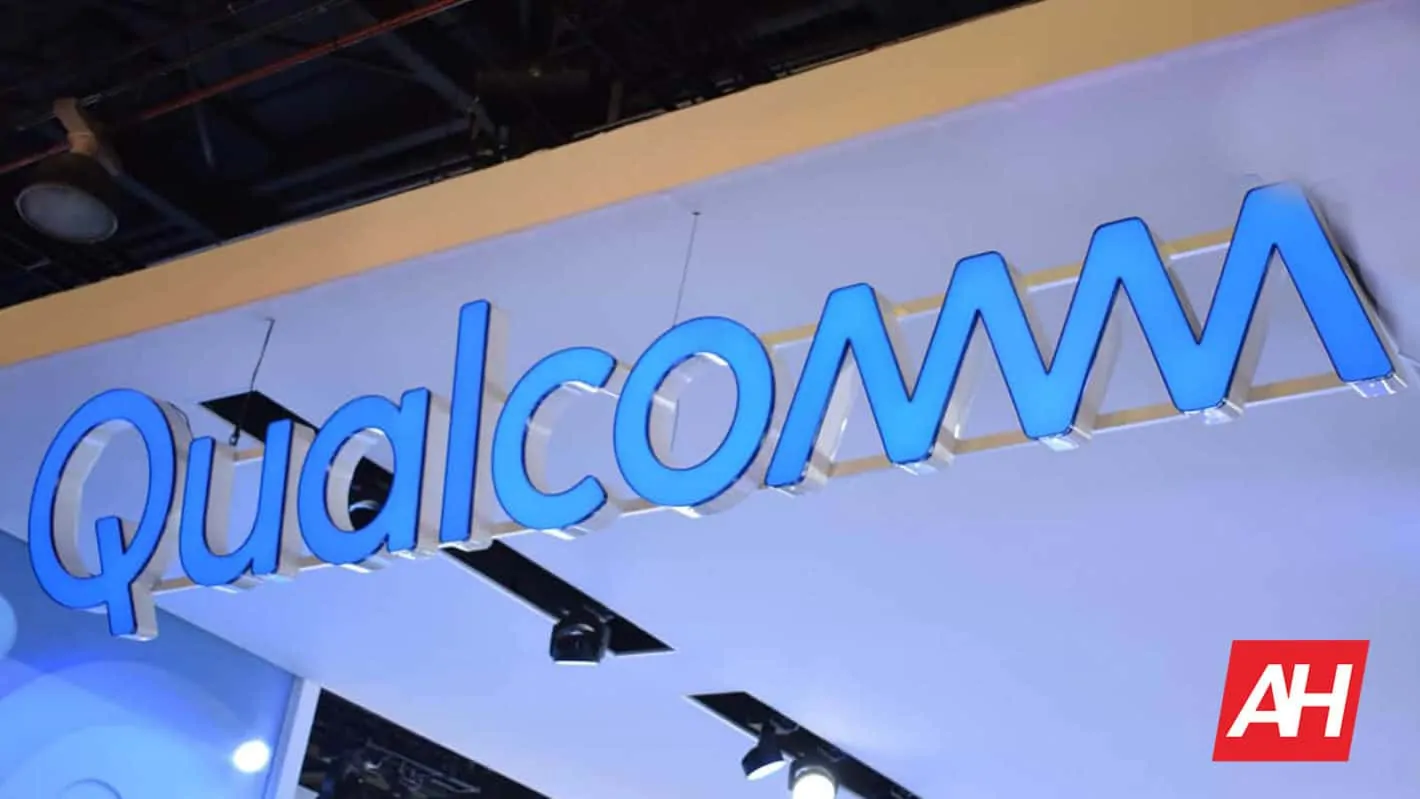Qualcomm isn’t wasting any time with the 2019 edition of Mobile World Congress; before attendees started moving in the general direction of any kind of lunch being served, the company on Monday announced a number of new offerings, including a state-of-the-art chip designed for contemporary (Android) smartphones and wearables. More specifically, designed to make those devices play nice with one another.
Under the not-too-catchy name of the Qualcomm QCA6390 [CB2] Connectivity system-on-a-chip (SoC) hides a small silicon module that the San Diego, California-based chipmaker is describing as its most impressive take on this integrated technology yet, offering unprecedented latencies and speeds in terms of Bluetooth and Wi-Fi performance. If that sounds familiar, it’s because that’s pretty much been the stated goal of every player in the Internet of Things segment ever since that term was first coined to describe a growing global effort meant to stick wireless adapters to everything from microwaves and photo frames to televisions and in-laws.
With support for Wi-Fi 6 and Bluetooth 5.1 — a combo that’s a first for this form factor — the new chip whose name already effortlessly eludes you promises to make a non-singular number of manufacturers of some future wearables capable of promising that their products will be able to do a lot of cool stuff at some point between now and forever – maybe. No, that doesn’t really make sense and is exactly why it’s so hard for Qualcomm to get away with making a meal out of every single product it releases; at the end of the day, this tech giant handles the backbone of what powers today’s small-form electronics and can only provide developers and manufacturers with a wide sandbox and enough power tools so that it can realistically hope something great will come of it.
Yes, many of the firm’s clients and partners shared their feedback during the development of the QCA6390 so they already have a pretty good idea of what the chip is capable of and where they can go from there but at the end of the day, this is a silicon module that will allow IoT gadgets to communicate with the World Wide Web faster than their predecessors did and without getting in the way of one another as often as the ones that preceded them did.
If the name QCA6390 sounds familiar, then your legal name is probably Samsung Electronics or you have way too much free time on your hands, but that’s because this chip is a direct follow-up to the QCA4020 debuted in late 2017. The previous generation of the technology lingered around for a few months and ended up being included in a pair of software development kits Qualcomm released just over a year ago, before MWC 2018 kicked off.
This time around, there’s yet to even be any talk about SDKs, so don’t expect the Android handsets planned for a release in the first half of this year to support new Wi-Fi and Bluetooth standards, especially not both, though that’s precisely what the QCA6390 is all about. Neither Bluetooth 5.1 nor Wi-Fi 6 are mysteries at this point – better range, more consistency, reduced power consumption – you know the drill. What that means for consumers is that once 5G becomes more than just a label and part of a slogan shouted at you from every TV screen in your vicinity on a daily basis, handsets won’t just be able to leverage unprecedented mobile speeds but they’re also be experiencing improvements in the other two crucial aspects of their connectivity formula. Higher-fidelity wireless audio, better local multiplayer games for Android devices, party speakers with seemingly limitless battery charges… all of those things and many more like them are coming in the near future and a significant portion of that product wave will exist primarily thanks to Qualcomm’s tech.
That’s the gist of today’s announcement and something that Qualcomm really wants consumers to know – most of the coolest things that are now coming out of the smartphone industry and don’t fold have been created in San Diego. As things stand right now, NFC will be the only omnipresent wireless standard in consumer electronics that won’t be receiving a massive update over the course of this year and who knows what would be happening right now if Qualcomm actually managed to buy Dutch NXP Semiconductors last year, taking some 80-percent of the market under its corporate umbrella.

